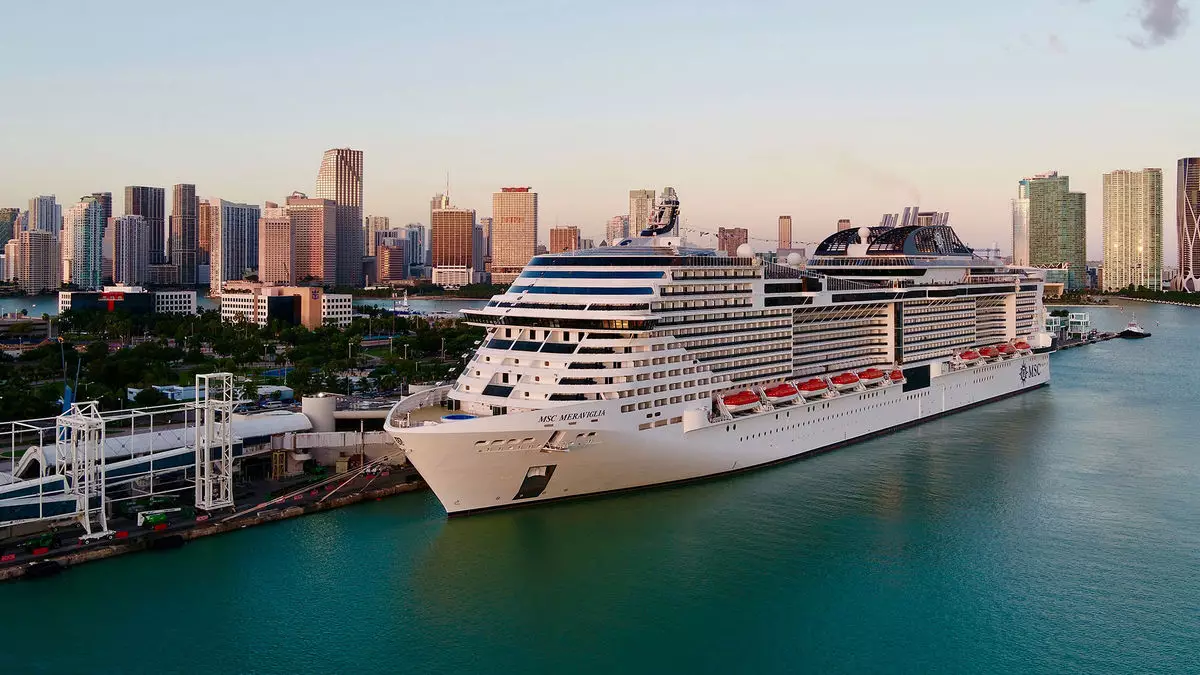MSC Cruises’ decision to relocate the MSC Meraviglia from New York City to Miami signals a calculated shift in their strategic positioning amidst a dynamic cruise industry. While the move may seem routine on the surface, it reveals a deeper understanding of emerging travel trends, regional demand fluctuations, and the importance of optimizing fleet deployment. By repositioning the Meraviglia for the winter season, MSC aims to capitalize on the robust Caribbean market, leveraging Miami’s strategic proximity to key destinations with established infrastructure and high passenger throughput. This move underscores the cruise line’s confidence in the shifting demographics and travel patterns, as they realign assets to maximize occupancy and revenue in a fiercely competitive landscape.
Implications for Travelers and Market Competitiveness
From a traveler’s perspective, the shift brings both opportunities and challenges. Customers who previously booked or planned for summer sailings from New York now face cancellations and the necessity to adapt their plans. However, MSC’s focus on Miami likely promises a more vibrant and diverse itinerary offering, with extended visits to popular Caribbean ports such as Amber Cove, Grand Turk, and Nassau. The expanded homeport network, with four ships based in Miami during winter 2026-27, provides travelers with a greater variety of options and potentially richer experiences. Nonetheless, this move raises questions about seasonal accessibility and the impact on loyal customers who favor the New York region’s convenience or specific itinerary preferences. For MSC, this is a calculated gamble—balancing immediate customer inconvenience with long-term strategic positioning to dominate the Caribbean cruise market.
Environmental and Economic Considerations
Repositioning ships across vast distances contributes to increased fuel consumption and carbon emissions, raising concerns about sustainability. The industry’s environmental footprint remains a contentious issue, and shifts like MSC’s warrant scrutiny regarding their ecological impact. Yet, from an economic standpoint, the move aims at boosting local economies in Miami and the broader Caribbean region by attracting more cruise passengers during the winter season. Increased vessel calls and longer port visits can stimulate tourism and generate considerable revenue for port cities. Thus, while environmental concerns are valid, MSC’s goal appears to balance economic growth with strategic fleet deployment to respond to seasonal market demands efficiently.
What the Future Holds for MSC and the Cruise Industry
MSC’s maneuver signals a broader trend within the cruise industry—an emphasis on adaptability and regional specialization. As the industry rebounds from recent setbacks, major players are reevaluating their itineraries and homeport strategies to capture new markets. MSC’s aggressive expansion in Miami and the Caribbean reveals a desire to establish a dominant presence in these highly profitable regions, potentially at the expense of traditional northern departure points. This approach might also push competitors to rethink their own deployment strategies, fostering fierce rivalry and innovation. Ultimately, the success of MSC’s repositioning will depend on the company’s ability to deliver compelling experiences for passengers, mitigate environmental impacts, and maintain operational efficiency in a rapidly evolving global travel landscape.

